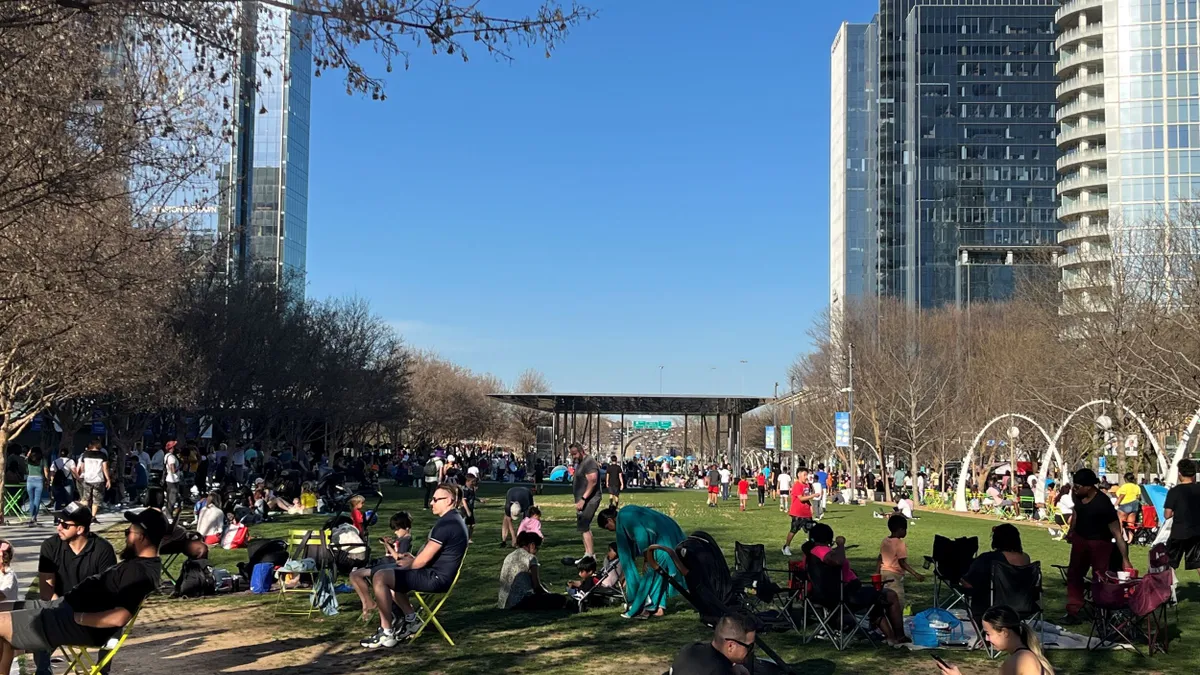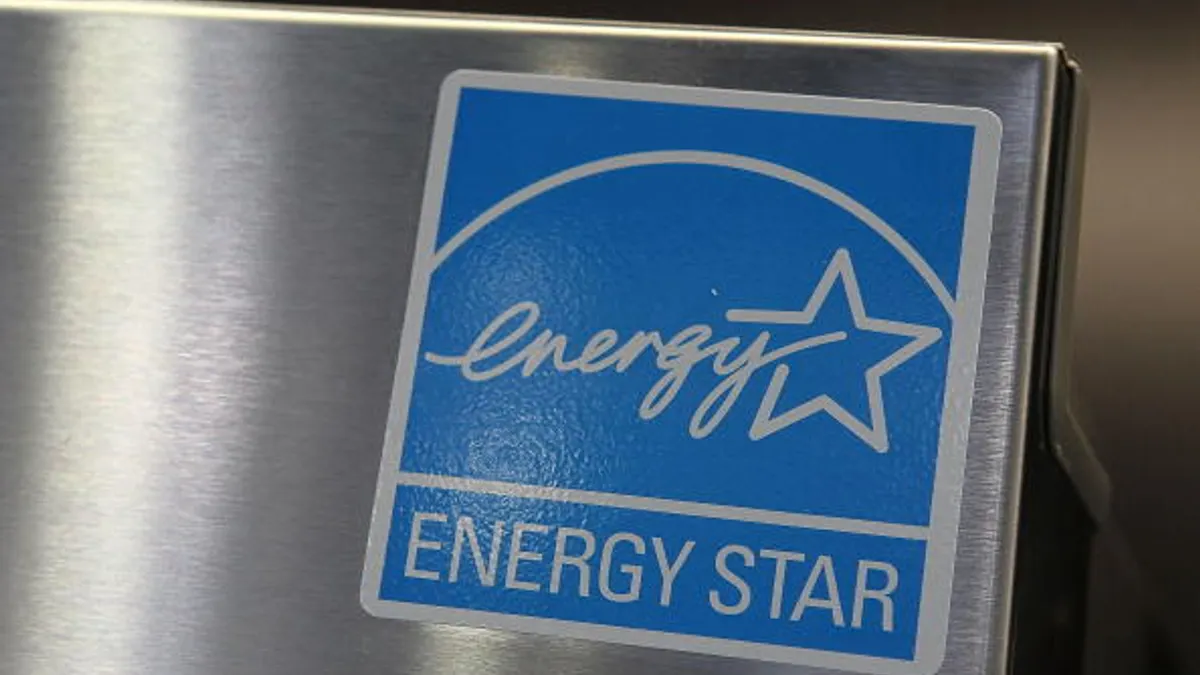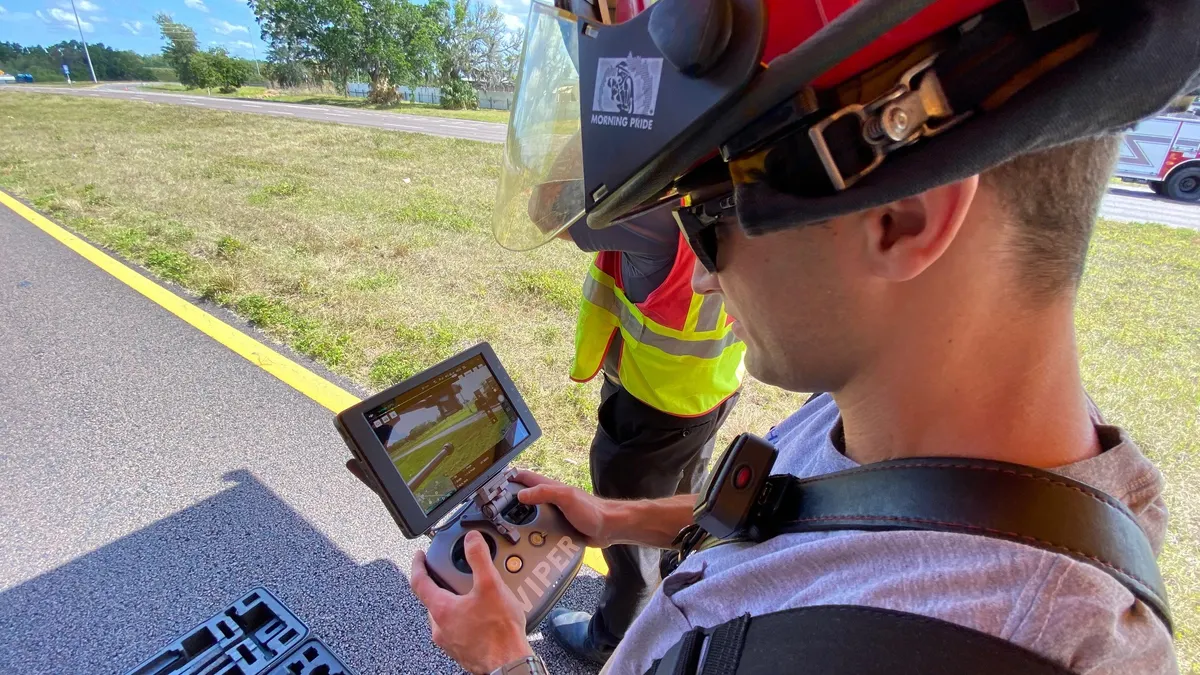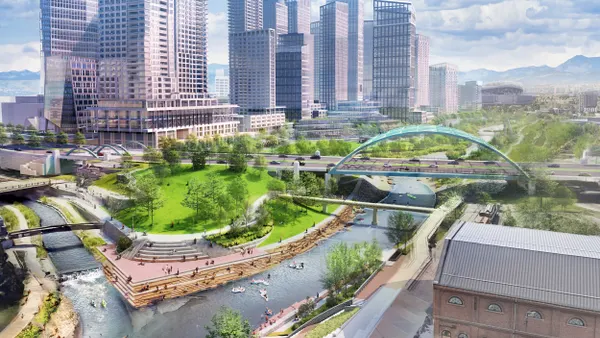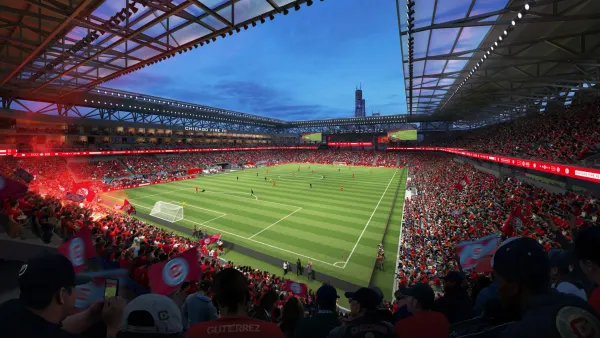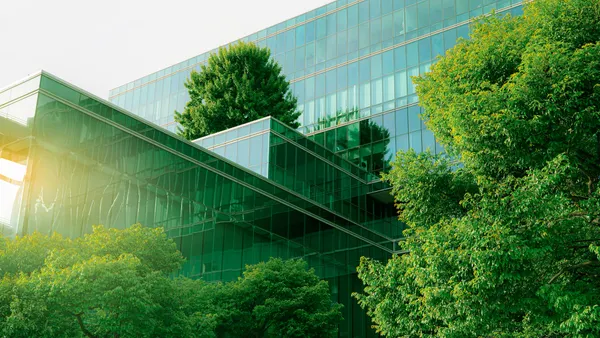What public spaces inspire you? The nonprofit Project for Public Spaces asked more than 700 public space stakeholders that question in a survey to mark its 50th anniversary. Respondents named 375 public spaces or placemaking projects around the world. U.S. locations ranged from Soldotna Creek Park in Soldotna, Alaska, which the city website calls “our community's back yard,” to a “place of celebration” in front of Casa Museo Ismael Rivera in San Juan, Puerto Rico, in the words of architect Omayra Rivera Crespo.
Cities have made significant progress improving their public spaces, according to the Project for Public Spaces’ recently published State of Public Space Survey. But public space professionals believe there is still “a lot of work to be done,” said its co-executive director, Nate Storring.
Stakeholders from more than 48 U.S. states were among the survey respondents. They spanned a wide range of related industries: city planning, civic engineering, arts and culture, nonprofit work, economic development, transportation and more.
What most stood out to Storring is that only 5% of survey respondents said their public spaces are meeting community demands. They’re not fully allowing residents to easily and equitably “go outside, connect with neighbors and families and meet daily needs,” he said. Funding and bureaucracy are the two major obstacles “holding back the potential of public space,” he said.
Funding is particularly challenging for U.S. respondents compared with those in the rest of the world, Storring said. Many survey respondents described difficulties with ongoing costs like "maintenance, programming and little design tweaks,” he said.
The Trump administration’s federal funding cuts and grant freezes are likely to “have a trickle-down effect on public space,” said Storring, because many public space projects rely on federal funding in some way.
Funding streams are important for both the creation and the maintenance of public spaces, Storring said. With federal support in jeopardy, cities should look to raise funds for public spaces themselves, he said. One option is to add small surcharges to entertainment activities, such as tickets to sports games or performances, he said.
Meanwhile, many projects face permitting challenges that make it “hard to get things done, whether you have the funding or not,” Storring said. He suggested that streamlining bureaucratic requirements could make it easier for cities to implement and benefit from public spaces.
The report names a variety of benefits public spaces can provide:
- Although homelessness is seen as one of the top issues facing public space, the report notes that outreach to people experiencing homelessness — who may be living in a public space — to connect them to housing solutions can improve their lives.
- Public spaces can improve community health by increasing residents’ access to green space and giving people more places to connect with each other.
- And public space can improve city resilience in the face of climate change.
Cities can introduce new trees and awnings in public spaces to increase shade and combat rising temperatures, as in Phoenix, helping people better enjoy them. And they can design rain gardens and other green infrastructure in public spaces to help mitigate the effects of flooding, as New York City has done.
In fact, New York City created a new government role in 2023: chief public realm officer. Upon her appointment to the position, Ya-Ting Liu said she was looking forward to working with city partners “to build vibrant, attractive, and inclusive public spaces in all five boroughs.” One sign of the need for such work: The time spent in public spaces in New York declined by half between 1980 and 2020, according to a 2024 study by the National Bureau of Economic Research.


